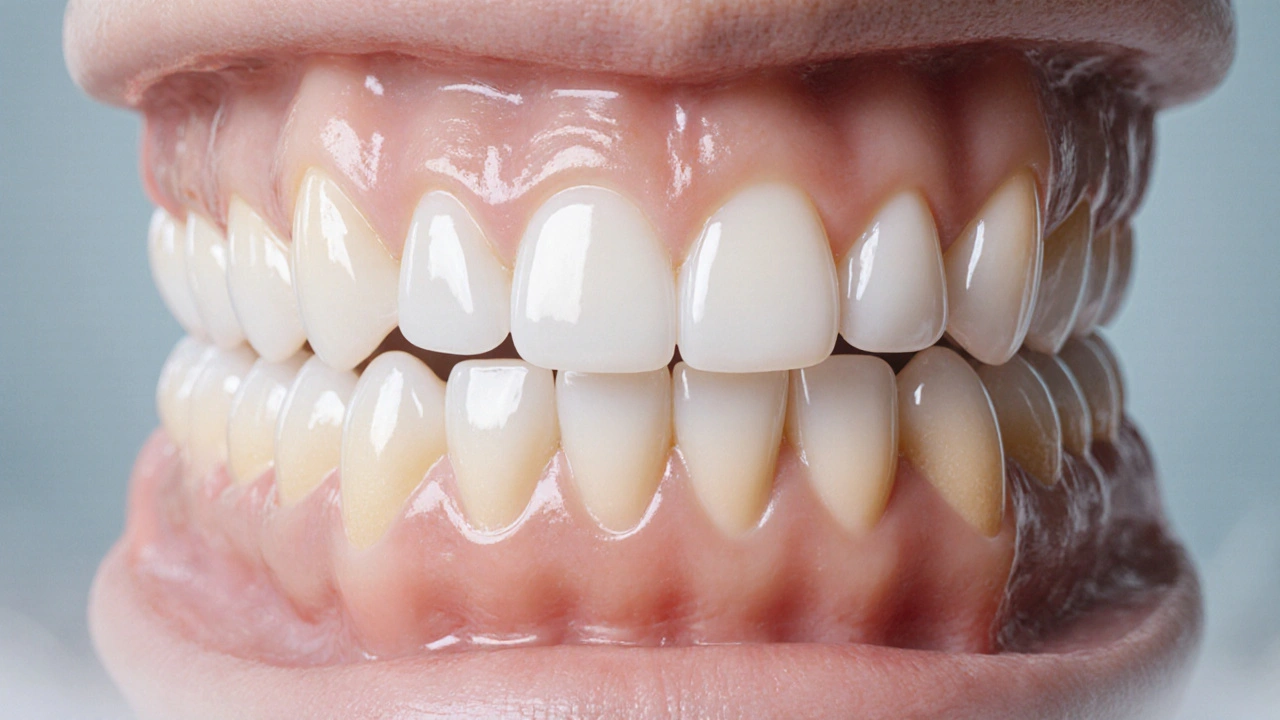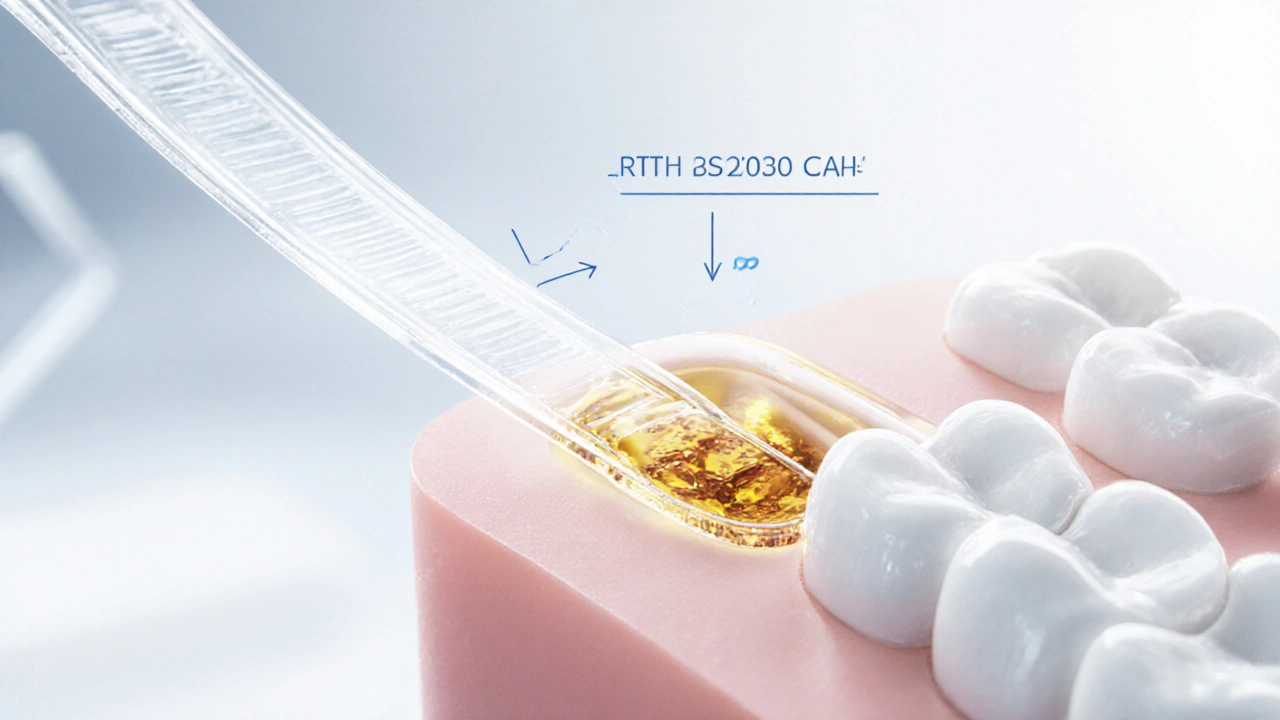bělící pásky – vše, co potřebujete vědět
When considering bělící pásky, tenké plastové fólie nasáklé bělicím činidlem, které se připevňují přímo na zuby. Also known as bělicí pásky, they provide a convenient way to whiten teeth at home without a dentist visit.
These strips are part of a broader bělení zubů, proces, který zahrnuje různé produkty a techniky k odstranění skvrn a zlepšení barvy skloviny. The method bělící pásky relies on peroxide‑based agents, which penetrate enamel and break down pigment molecules. This simple chemistry enables visible results in as little as a week.
Jak bělící pásky spolupracují s dalšími bělicími produkty
Many users combine strips with a bělící krém, gel, který se aplikuje na dásně nebo zuby před použitím pásků pro zesílení účinku. The triple relationship looks like this: bělící pásky enhance results when paired with bělící krém, and both depend on proper ústní hygiena. Another common combo is a bělící gel, průhledná substance, která se nanáší přímo na povrch zubů a funguje jako doplněk k páskám. Together they form a synergy: the gel prolongs contact time, while the strips deliver a steady dose of peroxide.
Don't forget the daily zubní pasta na bělení, produkt, který se používá při každém čištění a pomáhá udržovat bílé zuby mezi bělicími ošetřeními. This trio—pásky, krém a pasta—creates a continuous whitening cycle that prevents re‑staining and supports enamel health. The semantic triple here: bělící pásky require regular zubní pasta na bělení to maintain the achieved shade.
When choosing a product, pay attention to peroxide concentration. Professional‑grade strips often contain 10 % carbamide peroxide, equivalent to about 3 % hydrogen peroxide, while over‑the‑counter versions may be milder. Higher concentration means faster results but also a higher risk of sensitivity, especially if you have gum recession or thin enamel. That's why many dentists recommend a short test period—apply a single strip for 10 minutes and monitor any discomfort before committing to a full regimen.
Application tips matter as much as the product itself. First, brush and floss gently to remove plaque; residues can block the gel from reaching enamel. Next, dry your teeth with a paper towel for better adhesion. Place the strip precisely over the front surface of each tooth—avoid covering the gums to reduce irritation. Leave the strip on for the recommended time (usually 30 minutes), then remove and discard. Rinse your mouth, but avoid eating or drinking acidic beverages for at least 30 minutes to let the whitening agents work uninterrupted.
If you experience transient sensitivity, try a desensitizing toothpaste or a low‑fluoride mouthwash before the next session. Some users also apply a thin layer of bělící krém to the gums as a protective barrier. Remember, consistency beats intensity: using strips three times a week for a month often yields better, longer‑lasting results than a single intensive burst.
Beyond the home kit, there are cases where professional supervision is advisable. If you have crowns, veneers, or extensive dental work, whitening agents can discolor those materials differently, leading to uneven smiles. In such situations, a dentist can tailor a treatment plan—perhaps using custom-fitted trays or in‑office laser whitening—to match the shade of existing restorations.
Overall, bělící pásky fit into a larger ecosystem of dental aesthetics. They provide an accessible entry point for anyone who wants a brighter smile without invasive procedures. By understanding how they interact with related products—bělící krém, bělící gel, zubní pasta na bělení—and by following proper application habits, you can achieve noticeable results safely. Below you’ll find a curated selection of articles that dive deeper into each aspect, from ingredient science to troubleshooting common problems, so you can pick the right approach for your smile goals.

Jak vybělit zubní můstek: praktické rady a co funguje skutečně
Zubní můstek se nezbělí bělicími páskami. Zjistěte, proč to nefunguje a jak opravdu obnovit jeho bílou barvu bez poškození. Profesionální čištění, správná hygiena a včasná výměna jsou klíčem.

Dokonalý úsměv: Průvodce bělicími pásky na zuby
Průvodce, jak zvolit, aplikovat a udržet výsledky bělicích pásků na zuby, s tipy, chybami a srovnáním značek.
